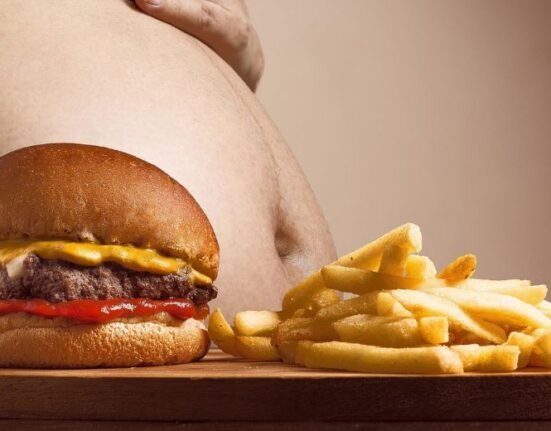Bras are an essential part of a woman’s wardrobe. However, the most comfortable part of the day for most ladies is when they discard this confining garment and are free and unfettered.
The first bra was made out of a corset in the 1860s, and the word ‘Brassiere’ appeared for the first time in American Vogue in 1907, and a year later, it got included in the Oxford English Dictionary. With time, the garment has become synonymous with womenswear and a rite of passage from girlhood to womanhood.
So how essential is a bra to our physical and fashion health? There are many pros and cons of donning this garment, along with some medical evidence that goes both ways.
Breast Ptosis, a Natural Phenomenon
Women’s breasts are made of fats and glands. Even though the ligaments provide the necessary support, breasts eventually sag in almost every woman. So does wearing a bra prevents this phenomenon, also known as breast ptosis?
The answer is no. Breasts sag due to many factors, such as age, body mass index (BMI), and pregnancy. Some researchers associate a history of smoking with saggy breasts.
A study surveyed 132 women undergoing breast reconstruction surgery and found some common causes for breast ptosis.
These factors were:
- age
- Weight loss beyond 22 kilograms or more
- a higher BMI
- a larger bra cup size
- number of pregnancies and breastfeeding
- a history of smoking
- a lack of regular upper body exercise
However, the study, published in the Annals of Plastic Surgery, did not find any significant associations between these factors and breast ptosis.
Another study of 123 women who opted for breast reconstruction found that along with the above factors, the most important reason for breast sagging was larger breast tissue.
The general consensus is that age, body weight, tissue size, and pregnancies are big factors in the gravitational pull of breasts.
Going Braless
So does going braless add to the issue? There is no resounding no, but it has not been proven to prevent it medically.
Another myth associated with bras is that prolonged wearing causes breast cancer as it prevents lymph flow. A 2015 study on premenopausal women in the journal Cancer Epidemiology, Biomarkers & Prevention, says that wearing a bra—including how big your breasts are, how long you wear a bra during the day, or wearing an underwired bra—does not affect your breast cancer risk.
“To me, wearing a bra is an elective decision. It’s unlikely to influence breast health,” says Mary Jane Minkin, MD, clinical professor in the department of obstetrics, gynaecology, and reproductive sciences at the Yale School of Medicine in New Haven, Connecticut.
Wearing a bra at night is not recommended for the very simple reason that any tight-fitting garment is uncomfortable to sleep in. Also, no study says breast support at all times prevents sagging. On the contrary, tight-fitting garments cause an increase in core body temperature and a decrease in melatonin, a hormone that helps regulate the sleep-wake cycle
Wearing one or not is a personal decision, but sometimes it can be helpful.
People with a large cup size can find wearing a bra helps prevent back and neck pain. A study published in The Journal of Orthopaedics found a correlation between a large cup size and shoulder and neck pain. Heavy breasts are a load on the trapezius muscle that runs from the neck’s back to the shoulders and down the upper back. On the other hand, a good, well-fitting bra helps support the weight of the breasts.
For the same reasons, a good sports bra is recommended for women who exercise. It prevents spinal pain due to upper body strain when exercising.
Wrong Size
Breast soreness and pain in the back and shoulders can be attributed to the wrong bra size. It is said that 90% of women wear the wrong bra size their whole life.
Fitting into the right size bra can go a long way in easing the physical pain associated with wearing a bra. An added benefit is an improvement in posture. A good bra supports one to stand straighter and taller with no hunching of shoulders, which can be hard on the muscles.
Women with smaller cup sizes can do away with a bra altogether if they feel so. Skipping a bra for short intervals improves circulation and relieves skin irritation.
Most importantly, bras hold the breasts up and can support sagging, not prevent it. They give shape and structure to certain garments and help improve appearances.







